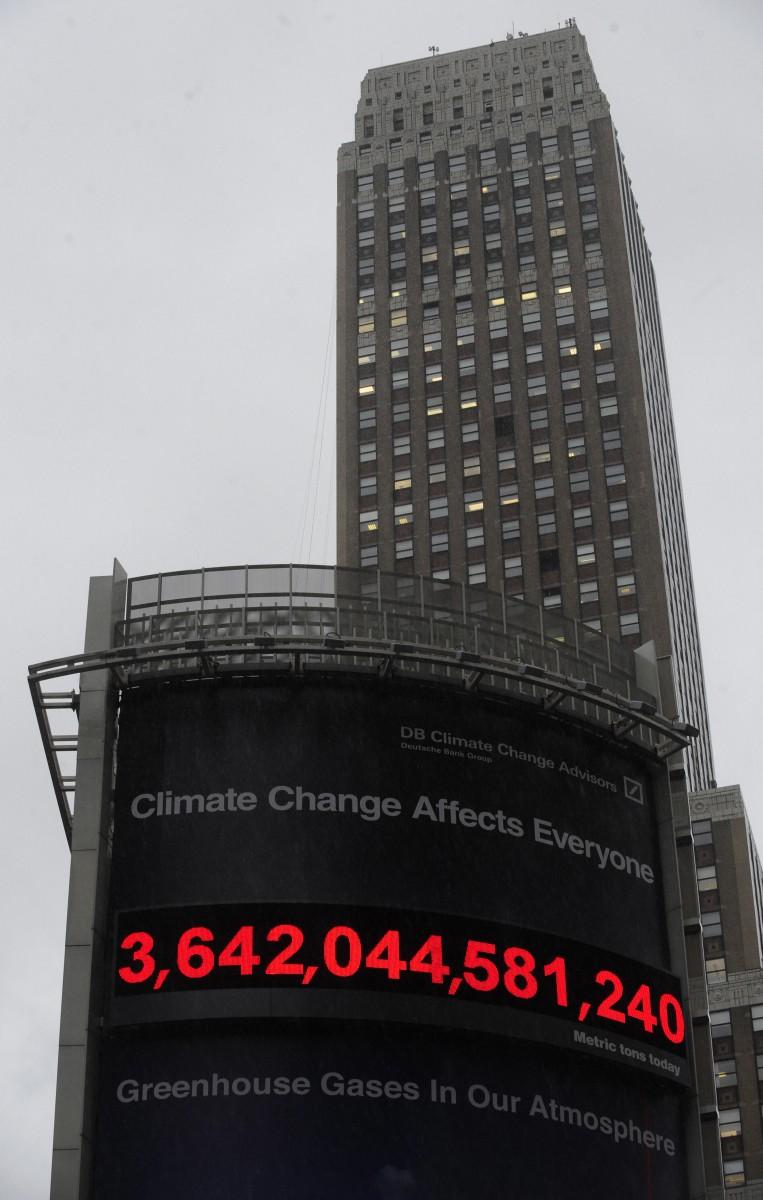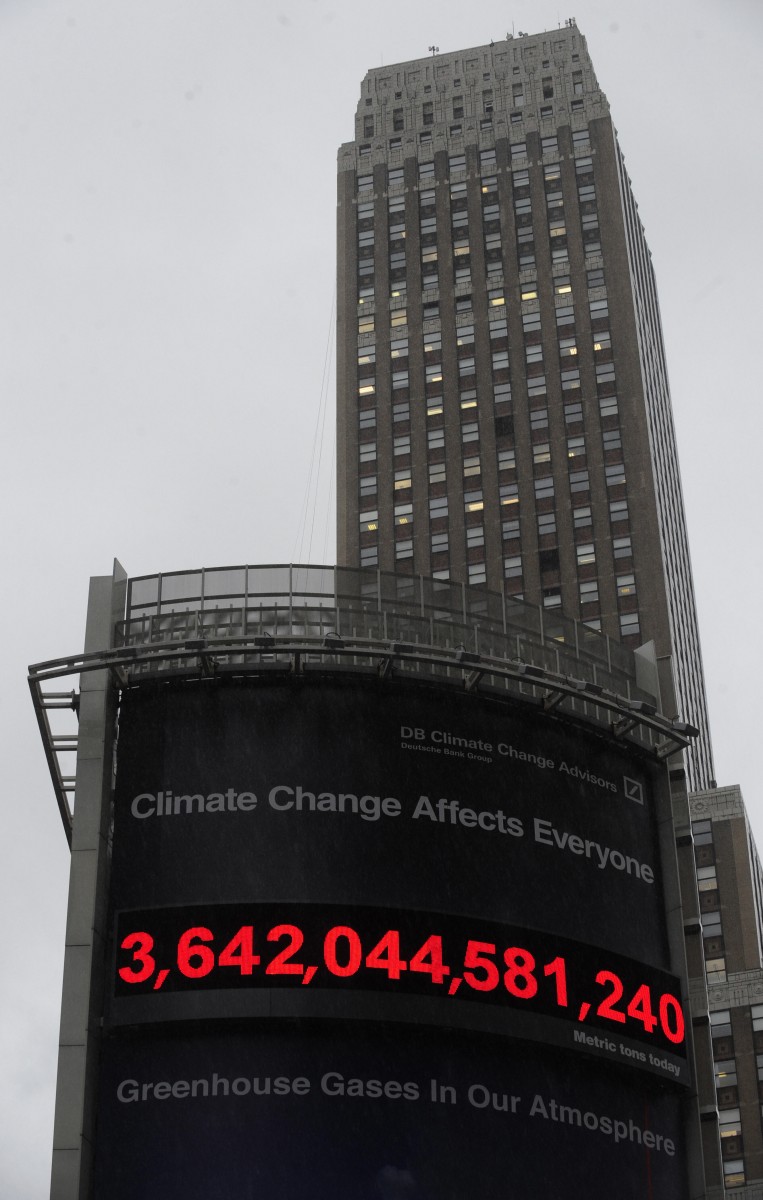NEW YORK—Mayor Michael Bloomberg and 90 other mayors nationwide presented a statement to the U.S. Environmental Protection Agency (EPA) Tuesday, showing support for toxic air pollutant restrictions introduced recently by the agency. The statement comes at a time when some congressional members are trying to have the standards overruled.
Although the Clean Air Act Amendments passed more than two decades ago, the Mercury and Air Toxics Standards for Power Plants (MATS) rule, signed Dec. 16, 2011, is the first federal standard to limit the amount of toxic air pollutants—such as mercury, arsenic, and metals—that power plants can emit. Power plants are responsible for about 50 percent of mercury emissions nationwide, the EPA said.
“Cutting mercury pollution will save countless lives and help millions of Americans avoid the terrible health consequences it produces,” Bloomberg said in a statement.
“That is why today I am proud to join nearly 100 of my fellow mayors from around the country in offering our support for EPA’s new mercury standards,” he said. “Twenty-two years is too long to wait for this common sense measure.”
New York is primarily powered by natural gas (44.2 percent), while coal accounts for 7.1 percent of the state’s energy use.
The EPA has previously issued proposals to control mercury emissions from power plants. In 2008, the D.C. Circuit rejected the EPA’s mercury rules and the agency was told to gather information on emission levels and effective control technologies.
The MATS rule is intended to prevent 90 percent of mercury in coal burned at power plants from being emitted into the air. Power plants would be required to meet the standard within four years.
The EPA said dozens of coal-fired power plants may have already met some or all of the new criteria, but about 40 percent of coal-fired plants have yet to apply advanced controls.
Sen. Jim Inhofe (R-Okla.), and some other congressional members, want to repeal MATS to protect the economies of coal-dependent states.
The Senate has until around June 20 to take up a resolution from Sen. Inhofe to deter the newly set air pollutant regulations, according to the Senate Committee on Environment and Public Works.
Harmful Pollutants
The EPA estimates the new standards will prevent 11,000 premature deaths, 4,700 heart attacks, and 130,000 asthma attacks every year.
Humans are primarily exposed to mercury from eating contaminated fish. Mercury in the air that enters water can be changed into methylmercury by microorganisms. Methylmercury is a highly toxic form that builds up in fish, according to the EPA.
Methylmercury can harm pregnant women and young children. Studies link high levels of methylmercury with damage to developing nervous systems, and impairing children’s ability to think and learn.
The Center for Disease Control estimated that as many as one in six women of childbearing age have high mercury levels in their blood.
MATS may be especially important for those who live in urban environments such as New York.
“A large number of children live in urban environments and are already exposed to environmental toxins,” said Eric Brenner, who teaches Environmental Studies at New York University. “The main point here is that this legislation will save lives and improve people’s health.”
The Epoch Times publishes in 35 countries and in 19 languages. Subscribe to our e-newsletter.






